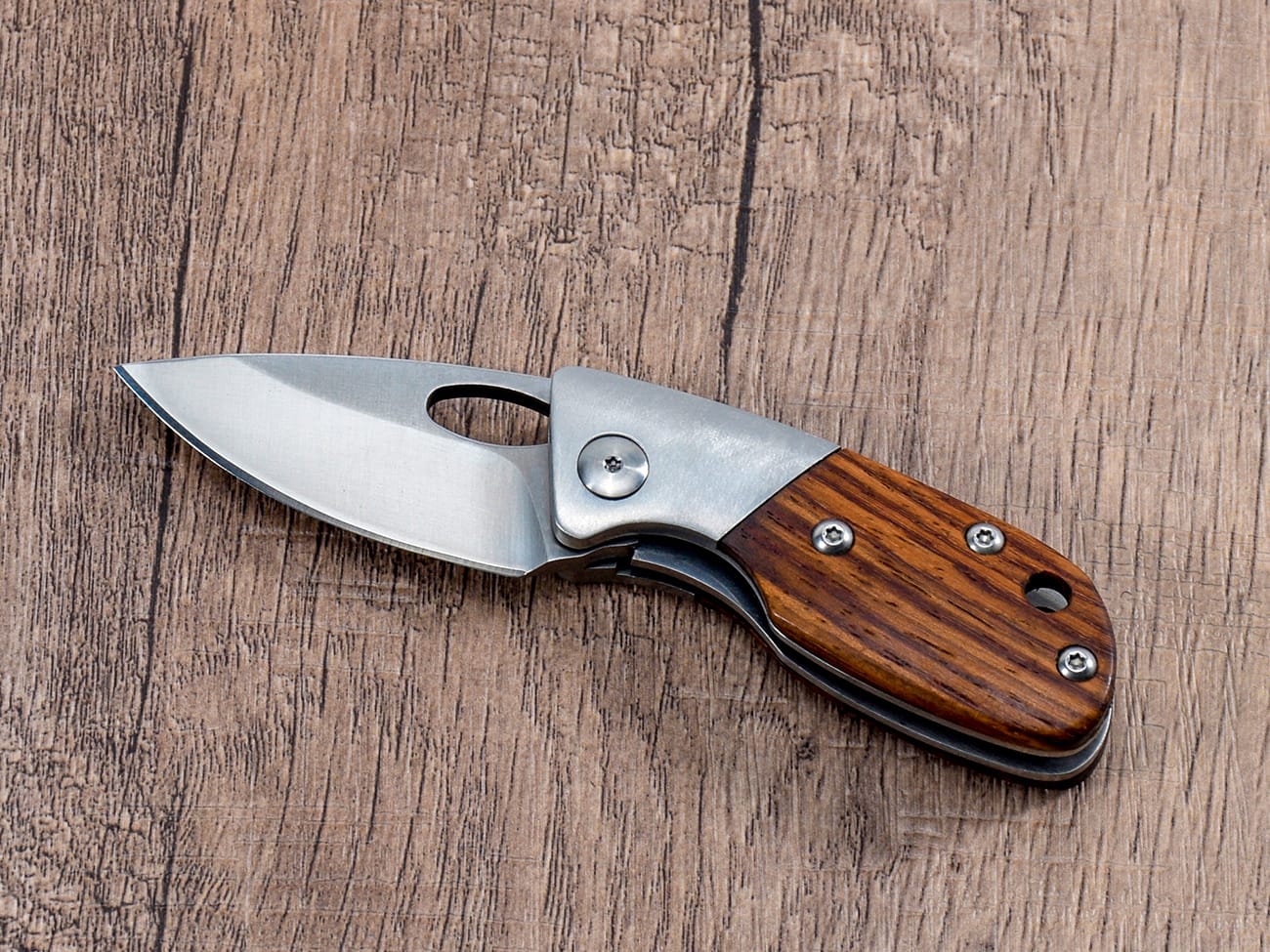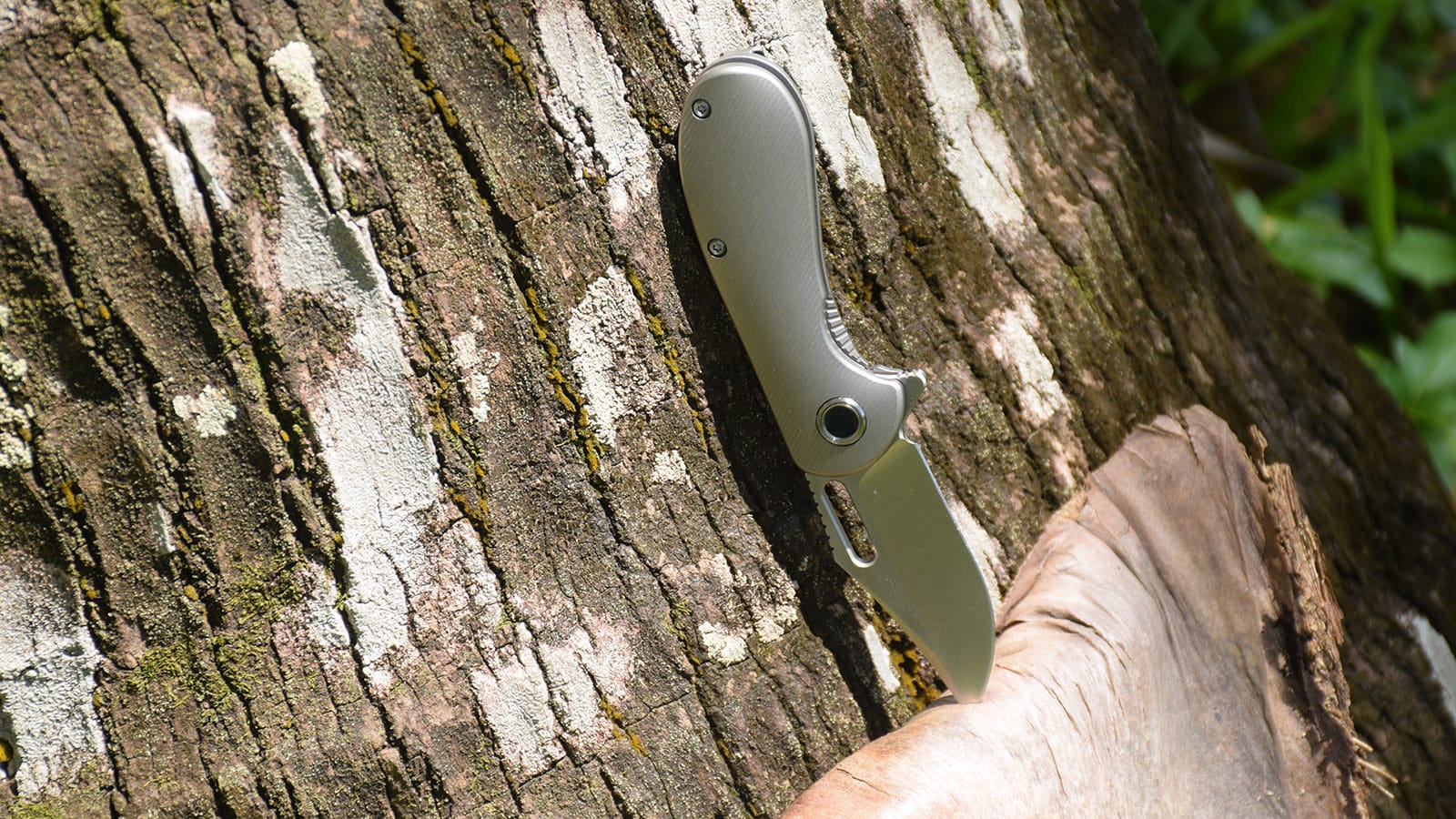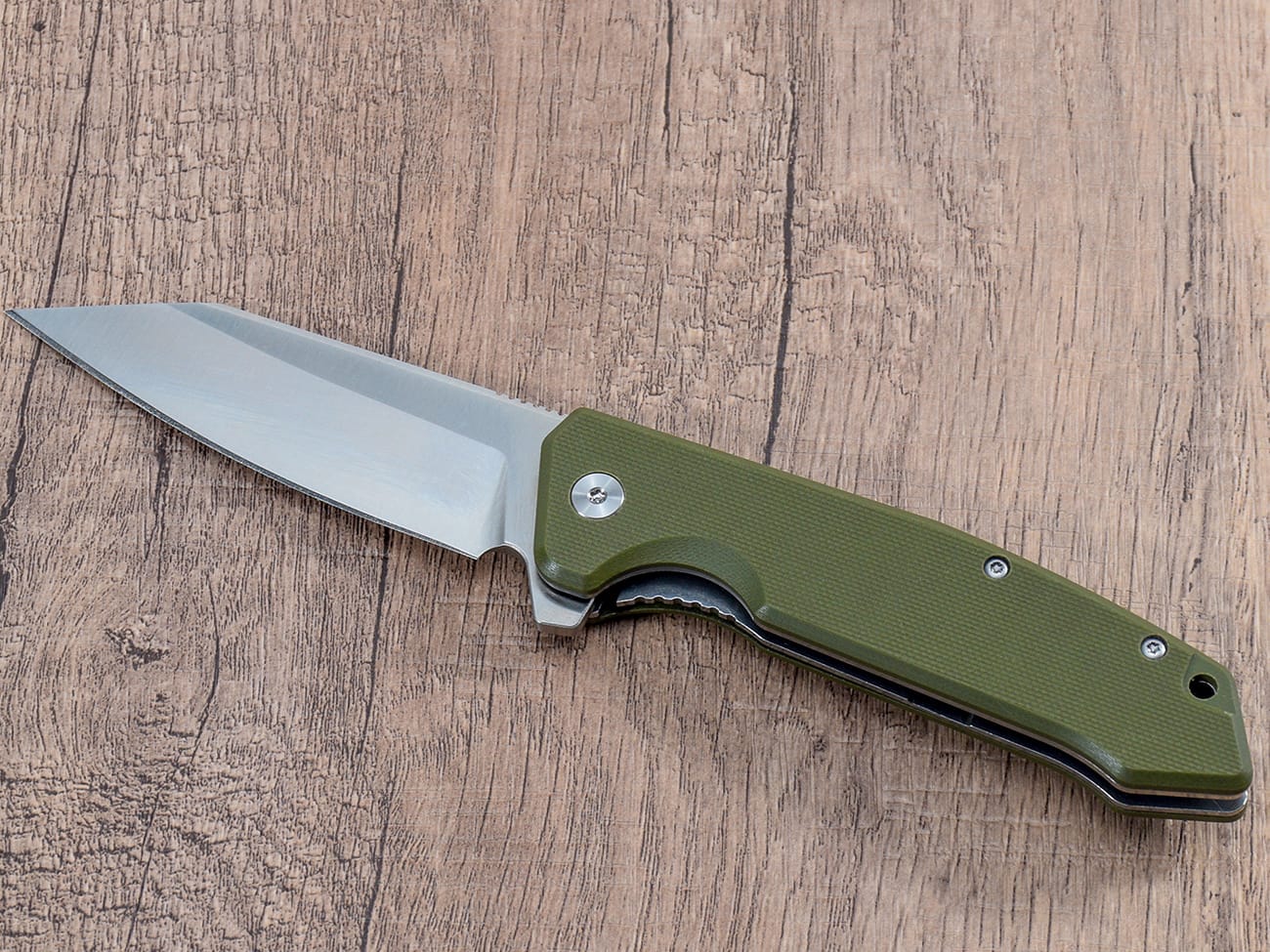A pocket knife is more than just a cutting tool – it’s a versatile companion that can help you tackle countless daily tasks and unexpected situations. Whether you’re an outdoor enthusiast, urban professional, or someone who values preparedness, understanding the many uses for pocket knives can make your life easier and more efficient. In this comprehensive guide, we’ll explore why carrying a pocket knife is practical and discover its numerous applications.
What Makes a Pocket Knife an Essential EDC Tool?
A pocket knife stands out as a versatile tool that combines portability with functionality. The best tool is often the one you have with you, and a pocket knife comes in handy for countless everyday situations. From opening packages to emergency situations, your pocket knife can be your most reliable companion.
What Are the Different Types of Pocket Knives?
There are several types of pocket knives available, each designed for specific uses:
- Swiss Army Knife
- Traditional folding knives
- Modern EDC knives with advanced locking mechanism
- Multi-tool pocket knives

How Do You Choose the Right Pocket Knife?
Selecting the perfect pocket knife depends on several factors:
- Blade size and type
- Handle material (G10 handle materials are popular)
- Locking mechanism
- Intended use
- Pocket clip design
- Overall weight and size
What Are the Most Common Uses for a Pocket Knife?
A pocket knife can be used for numerous tasks:
- Opening packages and clamshell packaging
- Cutting loose threads
- Food preparation while camping
- Emergency situations
- Opening letters and boxes
How Can a Pocket Knife Help in Outdoor Activities?
When outdoors, your pocket knife can help with:
- Cutting fishing line
- Whittling wood for kindling
- Preparing food
- Setting up camp
- Emergency situations
- Camping and survival tasks
What Safety Features Should You Look For?
Important safety features include:
- Strong locking mechanism
- Ergonomic knife handle
- Proper blade retention
- Secure pocket clip
- Non-slip grip material
How Do You Maintain and Sharpen Your Pocket Knife?
Proper maintenance ensures your knife remains a reliable tool:
- Regular cleaning
- Proper storage
- Using a honing steel
- Checking the locking mechanism
- Lubricating moving parts
What Are Some Emergency Uses for a Pocket Knife?
In emergencies, a pocket knife can:
- Cut a seatbelt
- Break glass (if equipped with a glass breaker)
- Provide first aid assistance
- Signal for help
- Create emergency tools
Legal Considerations When Carrying a Pocket Knife
Be aware of:
- Local knife laws
- Blade length restrictions
- Prohibited knife types
- Workplace policies
- Travel regulations
How to Safely Use Your Pocket Knife?
Safety tips include:
- Always cut away from yourself
- Keep the blade sharp
- Use the right tool for the job
- Maintain proper grip
- Store safely when not in use
Key Points to Remember:
- A pocket knife is a versatile tool for daily tasks
- Choose the right type based on your needs
- Regular maintenance ensures safety and longevity
- Know local laws regarding knife carry
- Practice proper safety techniques
- Keep your knife sharp and clean
- Never use as a weapon
- Consider blade material for specific uses
Remember, a pocket knife comes to the rescue in countless situations, making it an invaluable tool for everyday carry. Whether you need to cut loose threads, open packages, or handle emergency situations, having a reliable pocket knife around can make all the difference.




